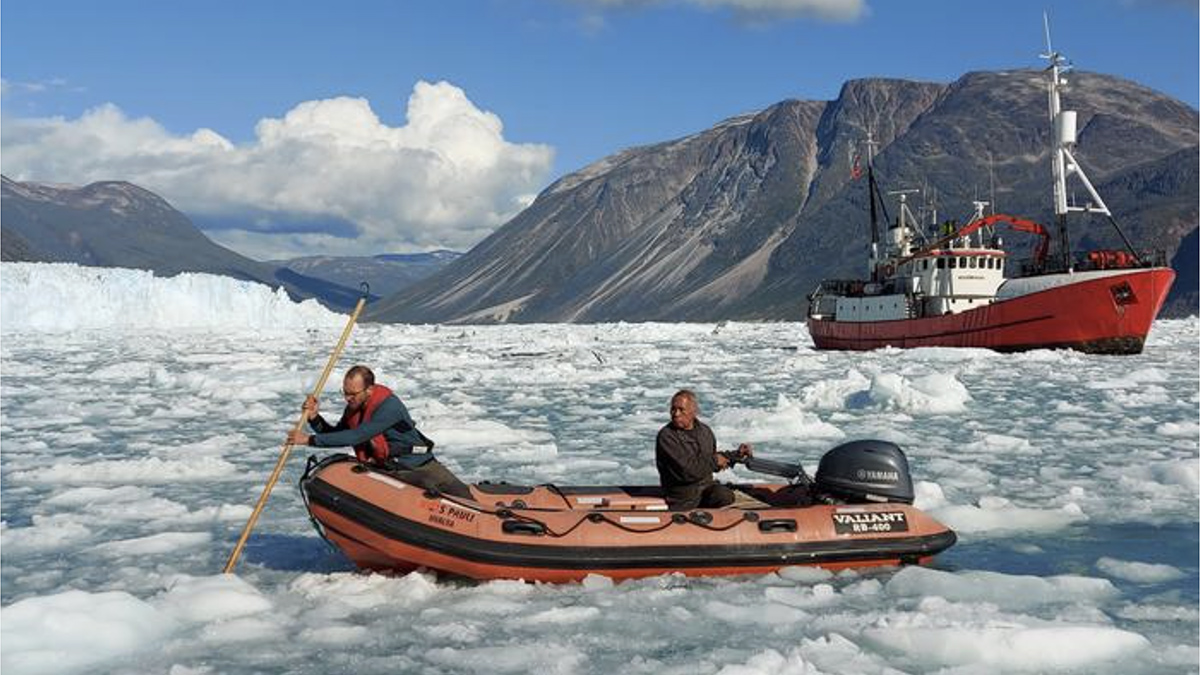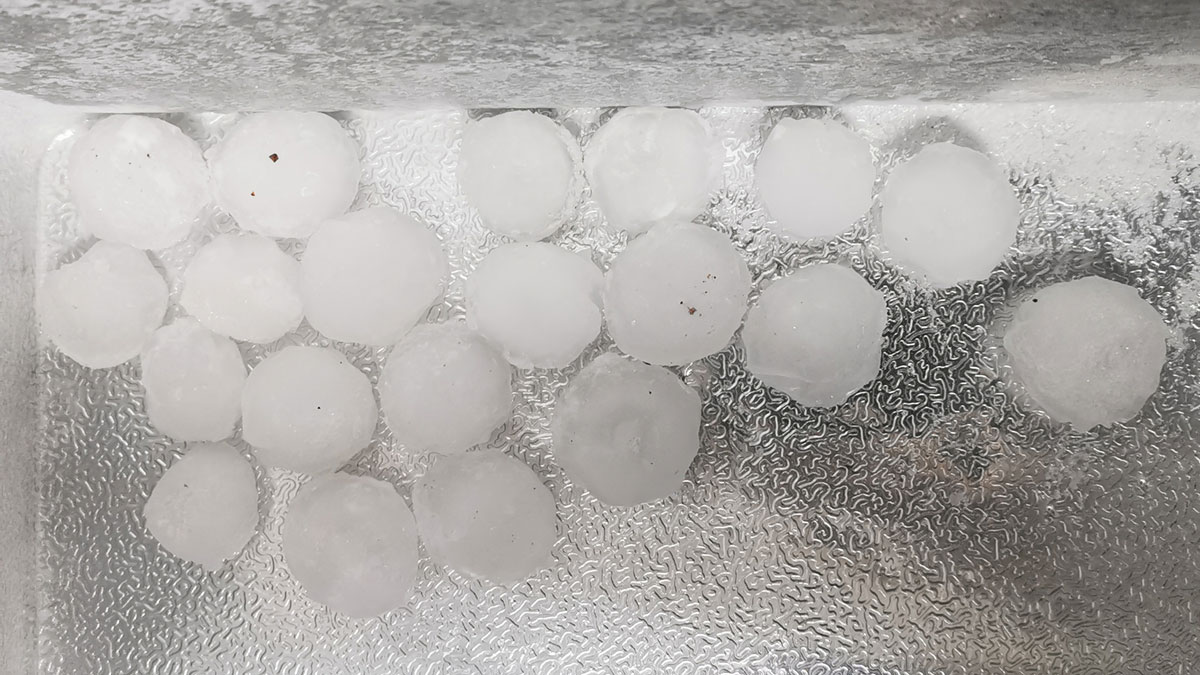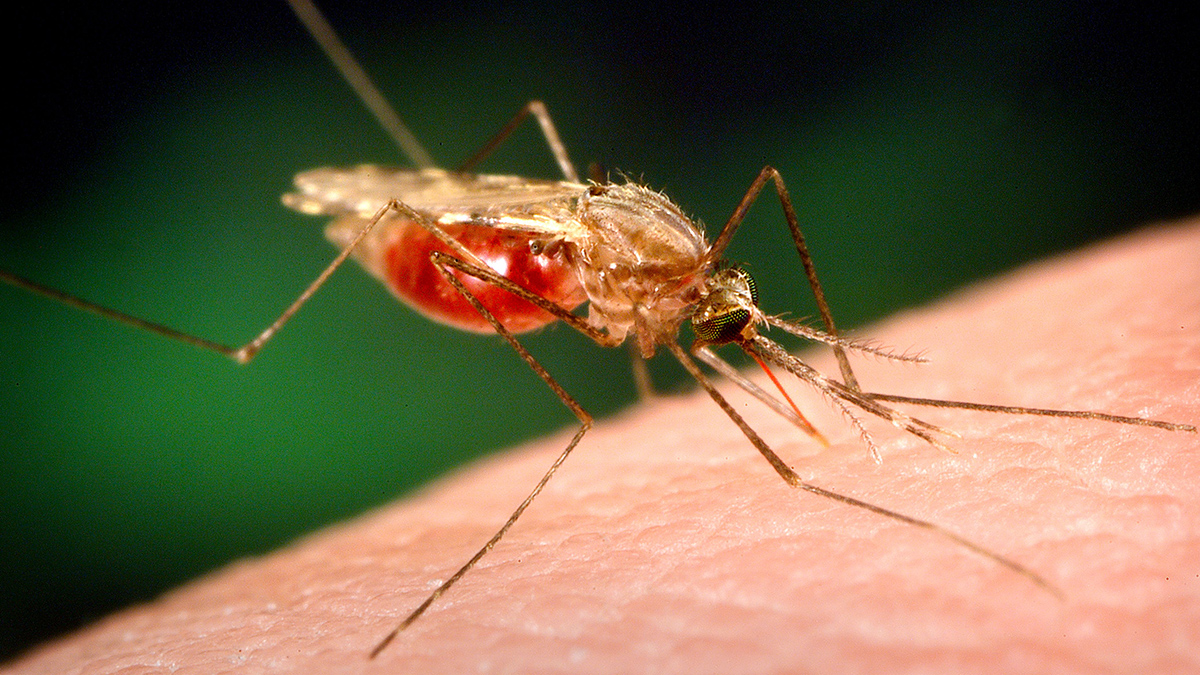A glass thread strung along the bottom of a fjord captured the entire process of calving, from the cracking of ice to the breakup of bergs.
Carolyn Wilke
Isotopes Map Hailstones’ Paths Through Clouds
Hailstones have been said to bounce up and down through clouds as they grow. A new study found that many stones take much simpler paths.
Investigadores cuantifican el impacto de los animales en la transformación de la Tierra
Los animales salvajes utilizan 76,000 gigajulios de energía—el equivalente a cientos de miles de monzones o inundaciones—moldeando los ecosistemas terrestres y de agua dulce de nuestro planeta.
Researchers Put a Number on Animals’ Earth-Shaping Effects
Wild animals expend 76,000 gigajoules of energy—the equivalent of hundreds of thousands of monsoons or floods—shaping our planet’s terrestrial and freshwater ecosystems.
Wildfires Raise Concern About Remobilized Radioactive Contamination
Researchers collected soil and ash after the 2020 wildfires in the Chernobyl Exclusion Zone. Chemical tests suggested that the fires made it easier for contaminants to wash into nearby rivers.
Many of the World’s Cities Have Gotten Wetter
Dense populations, aerosols, and cities’ tendency to raise temperatures contribute to higher levels of precipitation in urban areas than surrounding rural areas.
Earthquakes May Lace Quartz Veins with Gold
Seismic activity may kick off chemical reactions that seed nuggets of gold.
La transmisión de la malaria en África varía con el clima y la hidrología
Los datos sobre las precipitaciones por sí solos no pueden predecir dónde puede aparecer la malaria. Si se tienen en cuenta los procesos hidrológicos, los investigadores pueden hacerse una imagen más precisa de la transmisión.
Wildfire Smoke Affects the Function of Lake Ecosystems
Smoke-covered lakes see shifts in biological and energy processes that influence food webs, carbon storage, and more.
Malaria Transmission in Africa Shifts with the Climate—and Hydrology
Rainfall data alone can’t predict where malaria may pop up. Factoring in hydrological processes helps researchers paint a more nuanced picture of transmission.










